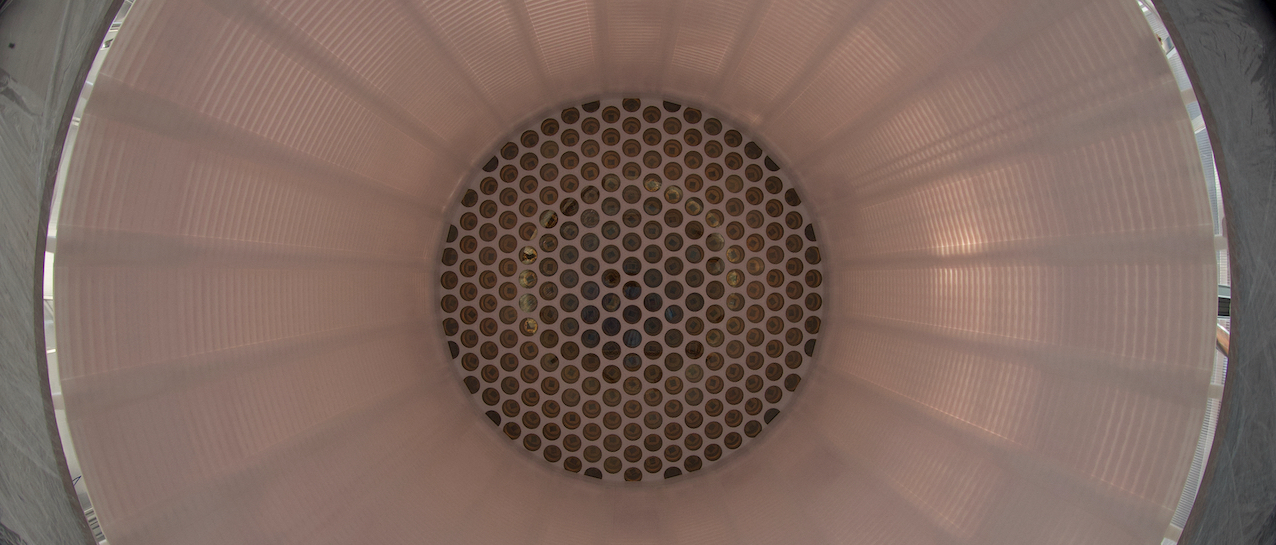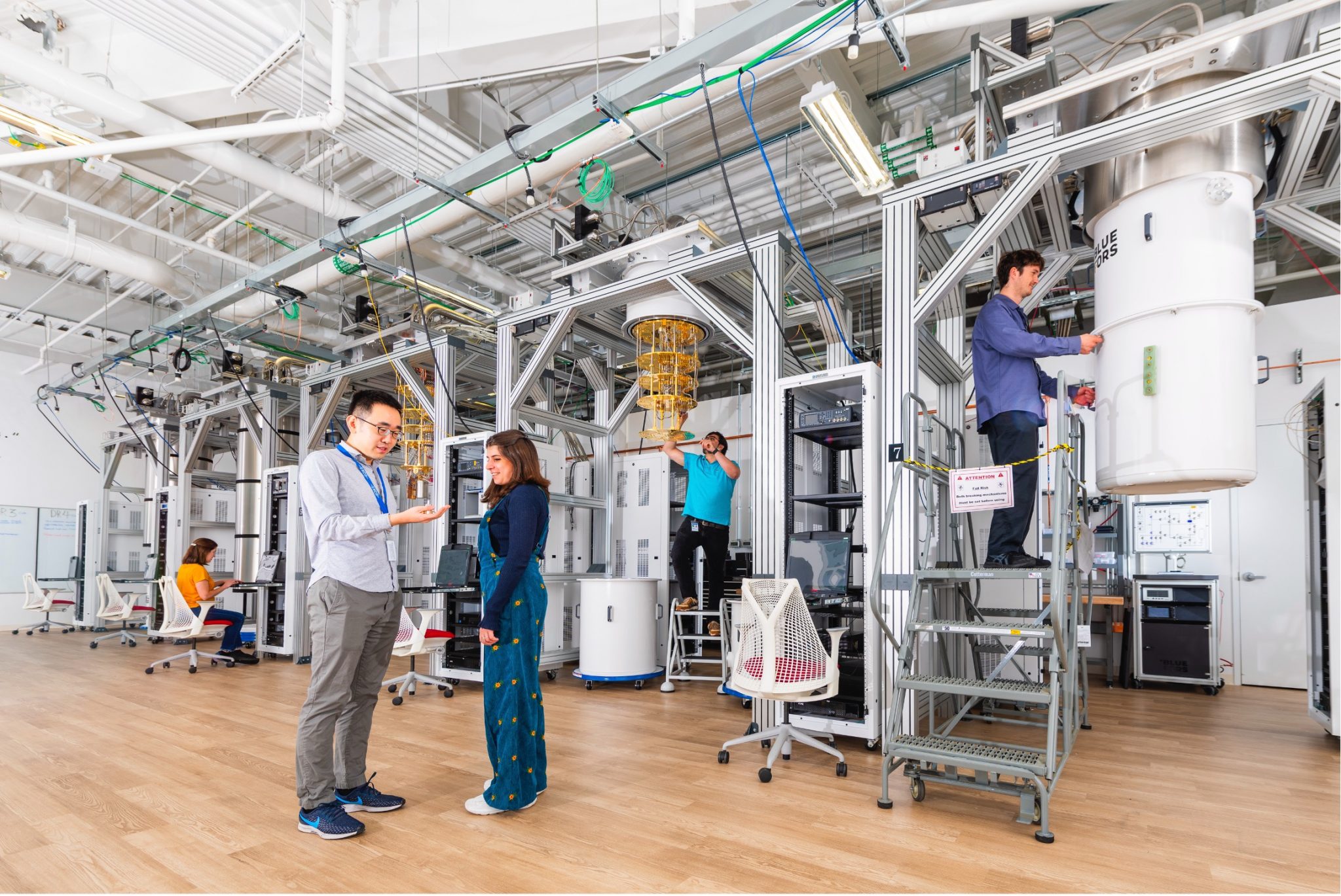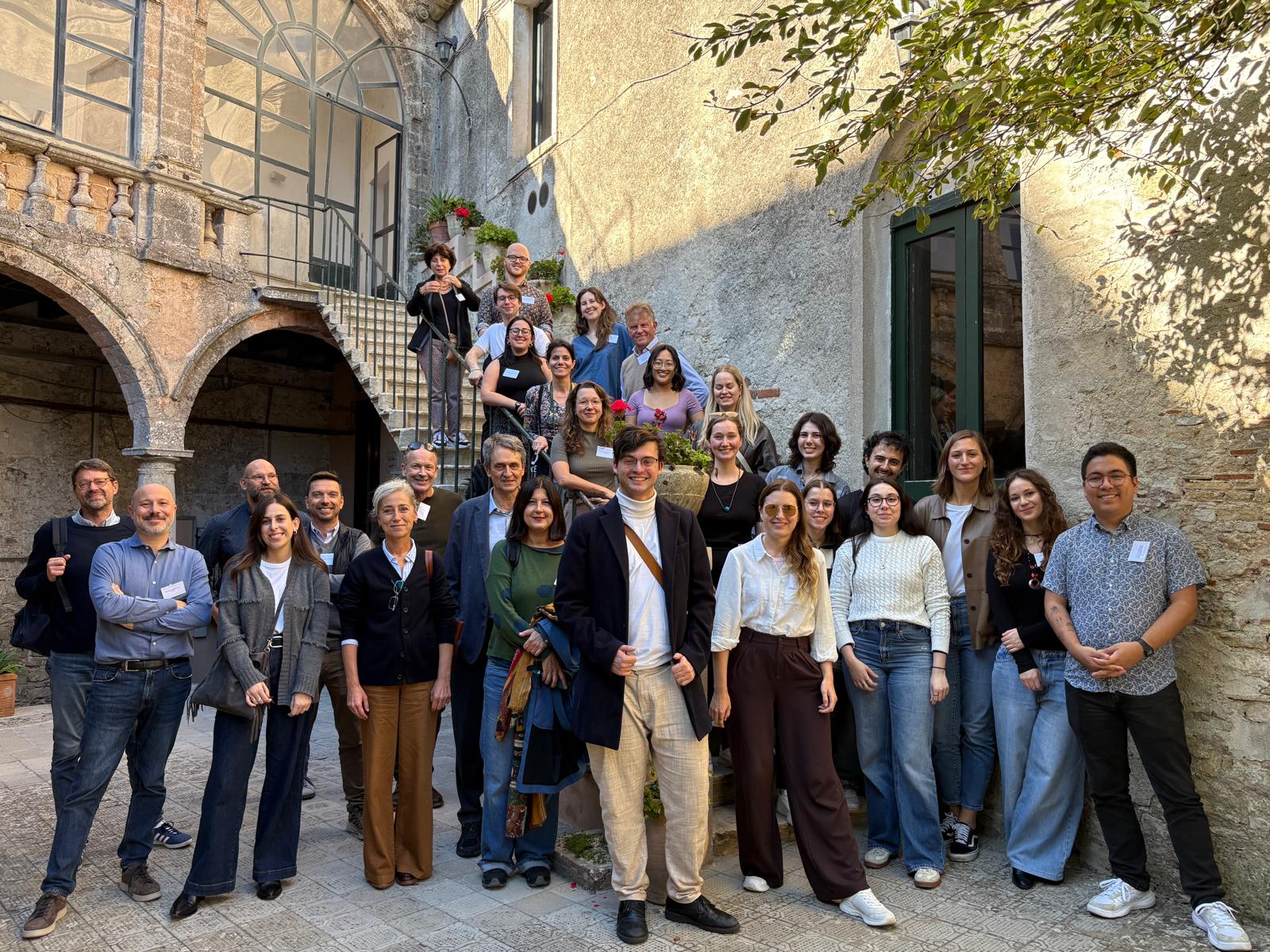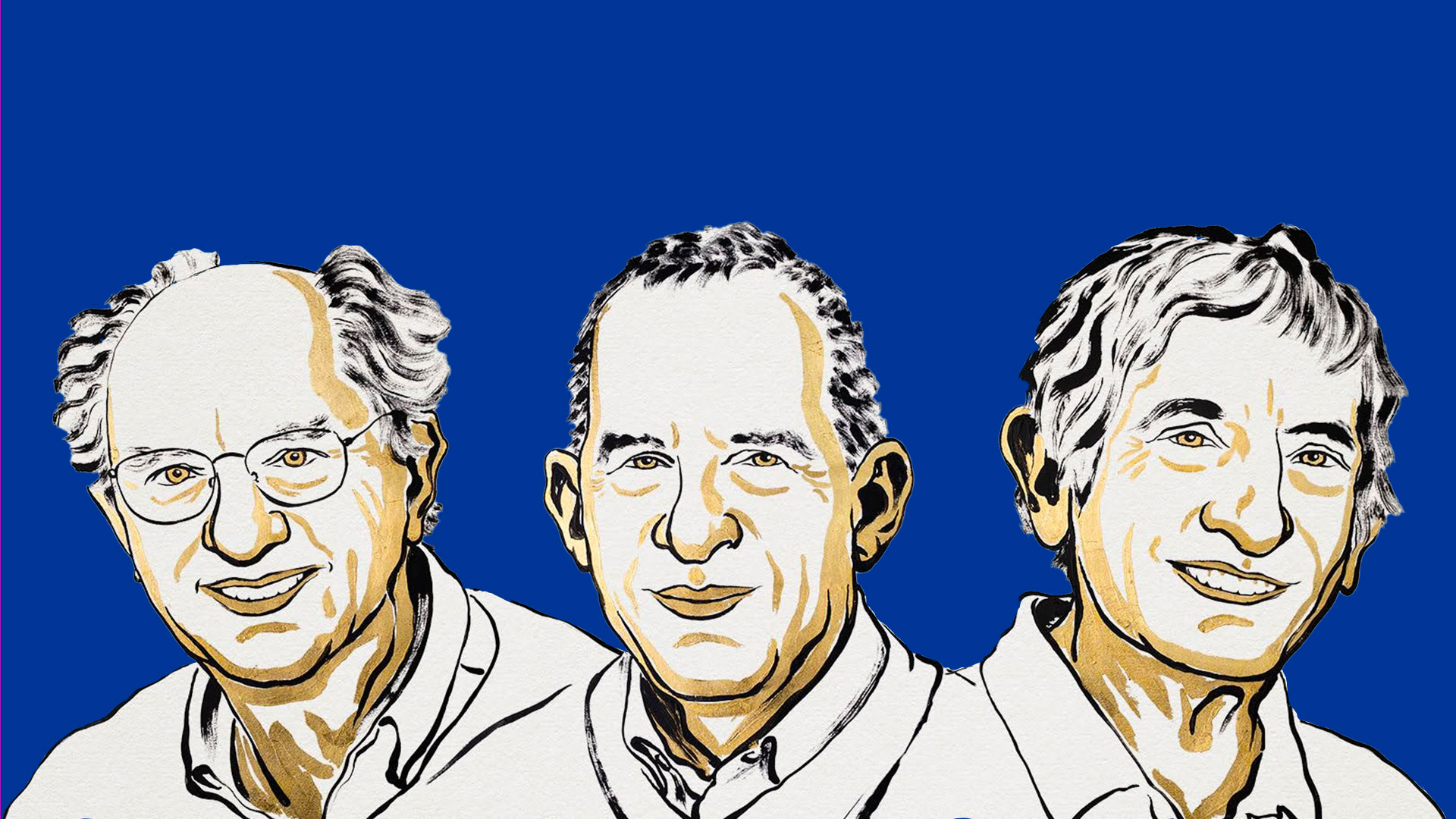
The low-energy detection capabilities and extremely low background noise of the XENONnT experiment, operating at INFN Gran Sasso National Laboratories, have made it possible for a dark matter detector to perform the first measurement of solar neutrinos. In particular, we are speaking of the measurement of low-energy nuclear recoils produced by the interaction of neutrinos produced in the nuclear reactions taking place in our star, and in this case, those involving the element boron. The result, presented on 10 July at the IDM Identification of Dark Matter 2024 international workshop in L’Aquila, opens a new chapter in the field of direct dark matter detection. Indeed, with this measurement, XENONnT has begun to explore the so-called “neutrino fog”; it is indeed able to detect those signals produced by neutrino interactions with the sensitive mass of the experiment. Interactions that represent important background noise because they can mimic typical dark matter signals. It is therefore crucial to measure this component well, so that dark matter signals can then be observed in addition to the latter. Observing this weak signal, with energies barely detectable in liquid xenon experiments such as XENONnT, requires excellent detector performance and sophisticated signal-noise discrimination methods. The measurement thus confirms the excellent performance of XENONnT in detecting low-energy rare signals.





